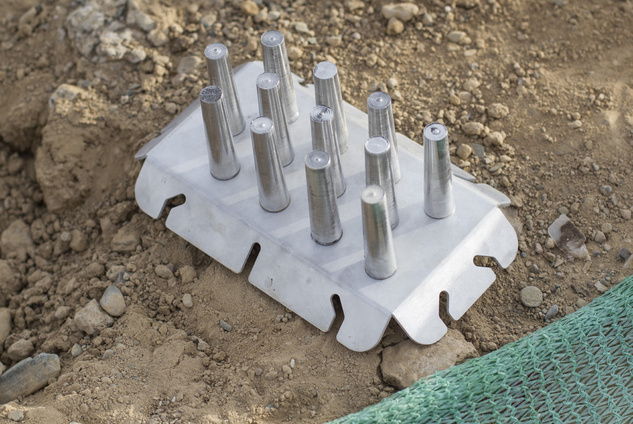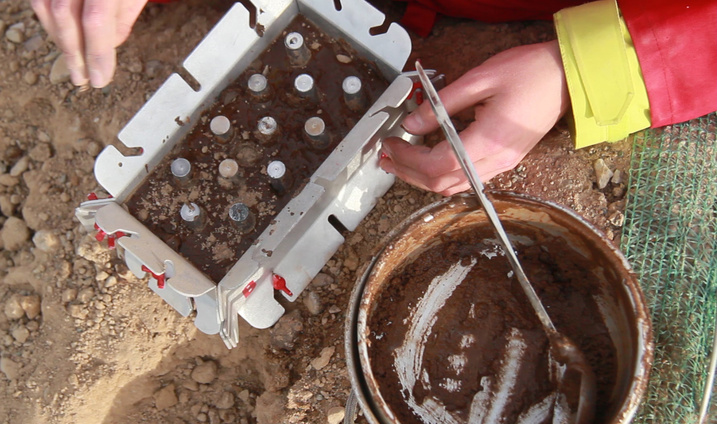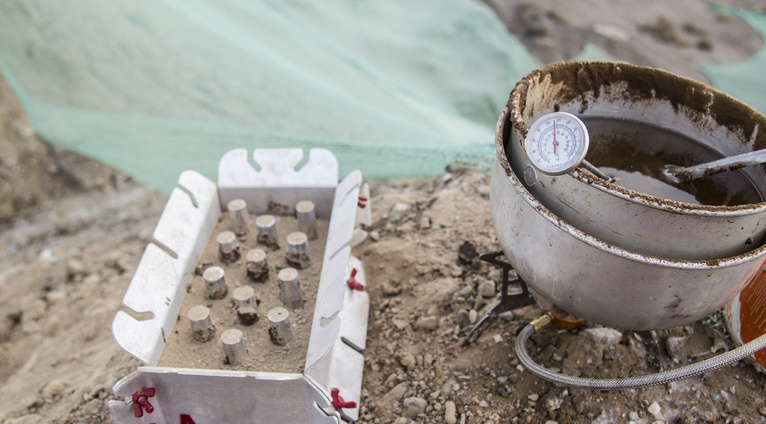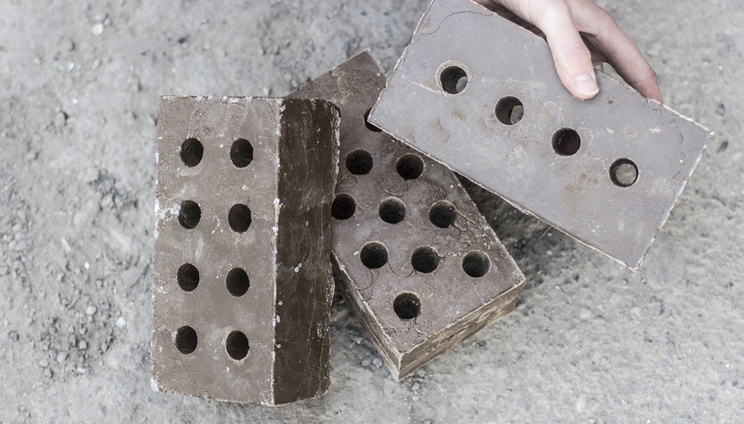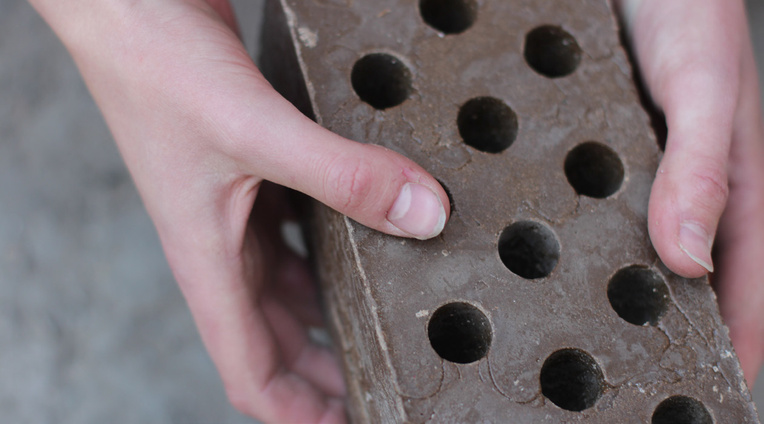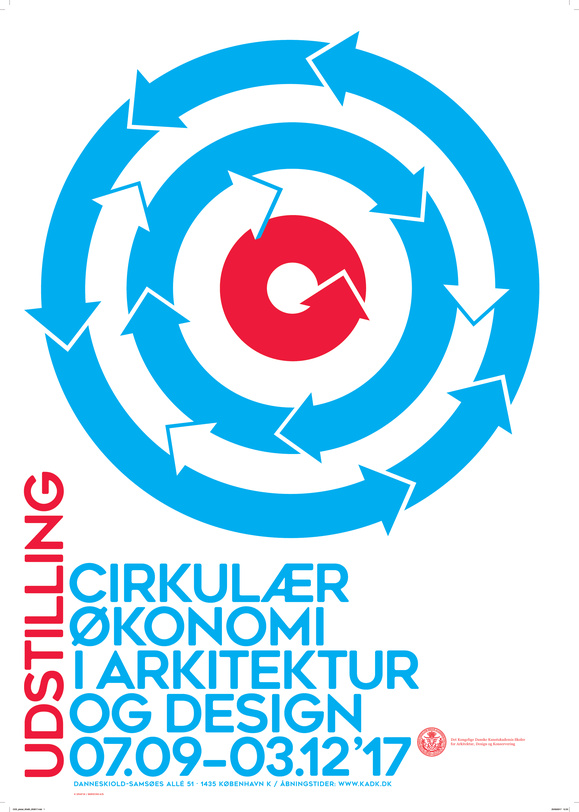One of the highlights of the Circular Economy in Architecture and Design exhibition is the project, ‘Between the Grains’. It is the work of Gabriele Jerosine, a student on the Architecture and Extreme Environments programme. In her project, Gabriele explores how China could make bricks out of local materials as an alternative to concrete made from imported sand.
In spite of the fact that large areas of northern China are being absorbed every year by the expanding desert, China is the country in the world that imports the most sand for the construction of concrete buildings that are injurious to the environment. The project sets out to tackle this problem by exploring the possibilities of making concrete-like biomaterials based on the fine-grained desert sand of the Gobi desert. The project focuses on Lanzhou New Area, a million city currently being constructed in Gansu Province in China.
Gabriele’s project was inspired by the material circuits involved in local building practice. For generations, people, buildings and landscapes have been tied together in a kind of symbiotic architecture, where the houses are built of materials - earth and grass - available on site.
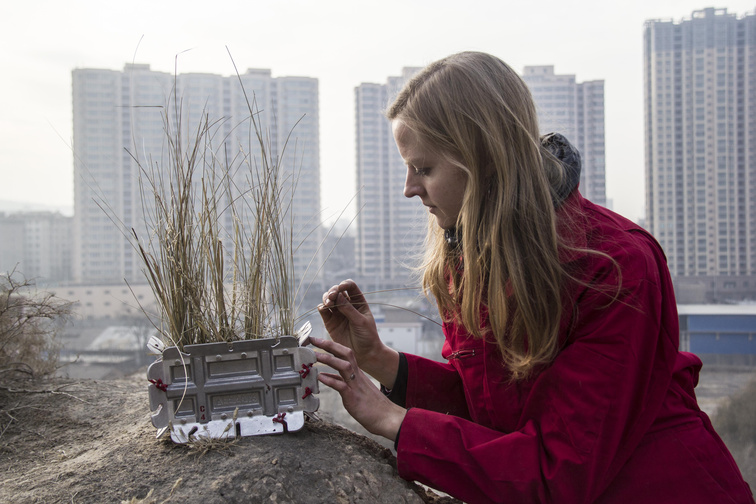
Gabriele tested how various bonding agents (wax, rice flour and a local bacterium) work in combination with desert sand, and the results of her studies form the basis of an architectural project, which is a symbiosis between living space (houses) and living materials (biobricks).
The symbiosis includes a number of different ‘agents’: sand, wind, plant fibres, beeswax, humans and bacteria. When combined and working together, they mainly form the building material - but also the architecture.


